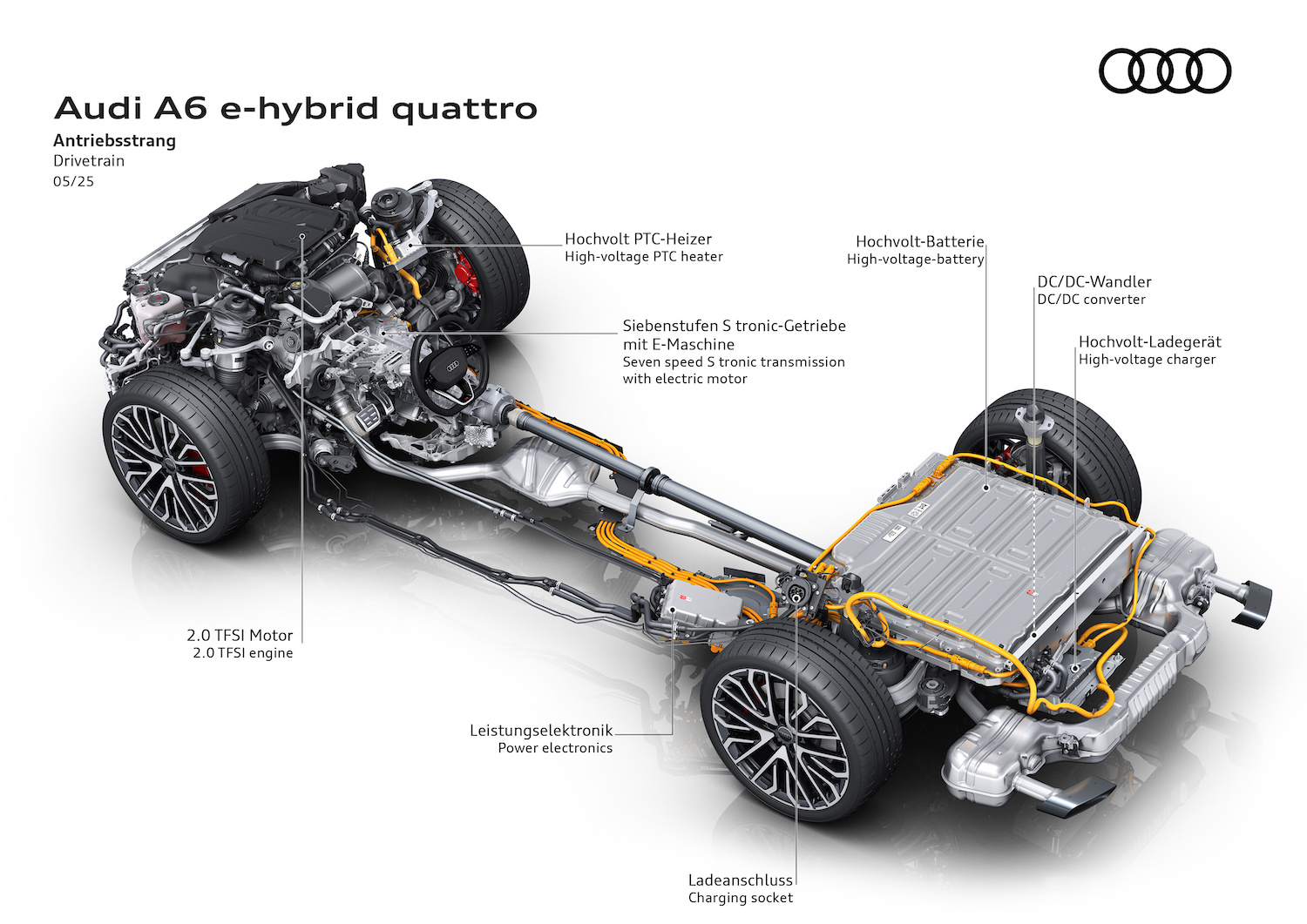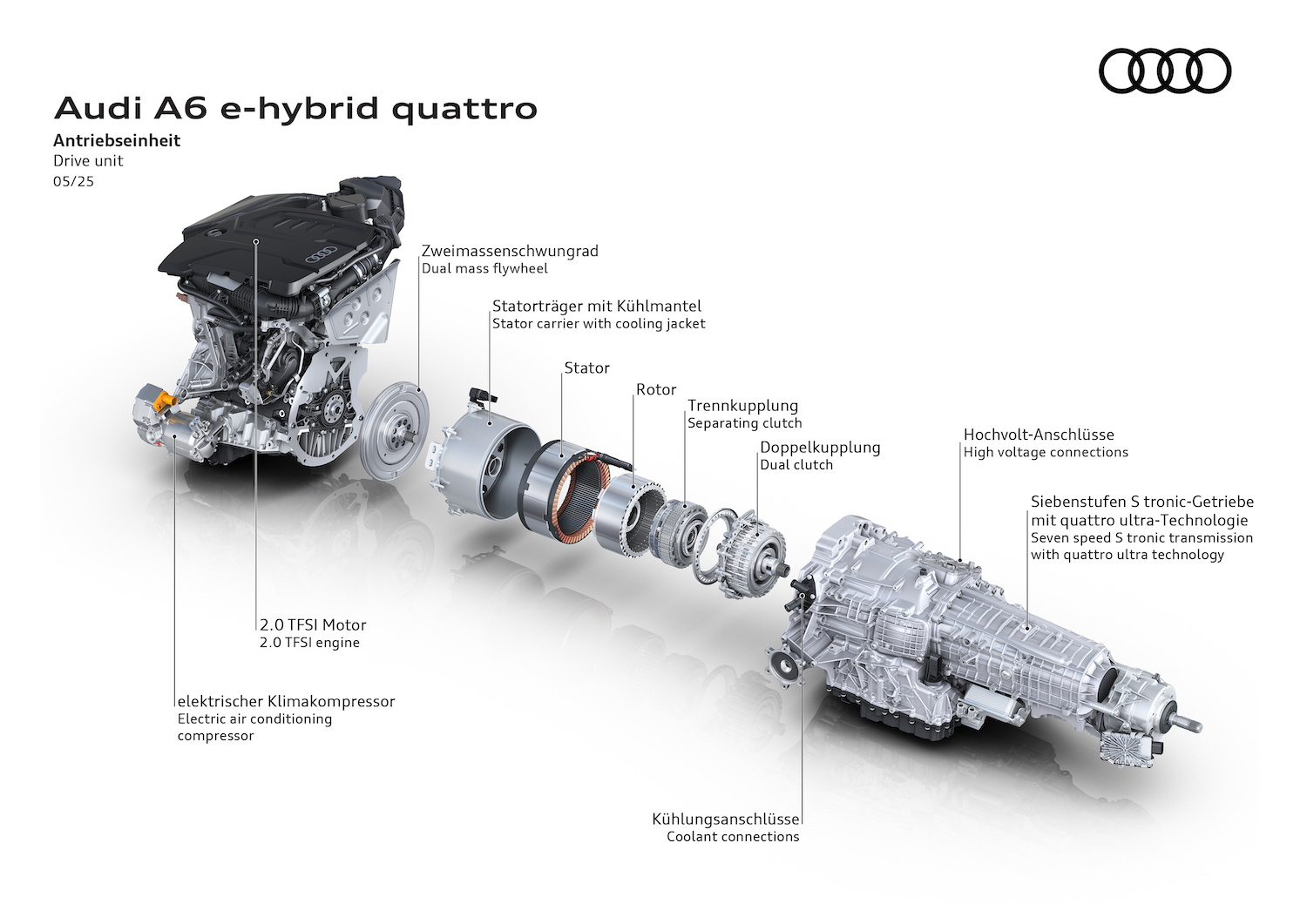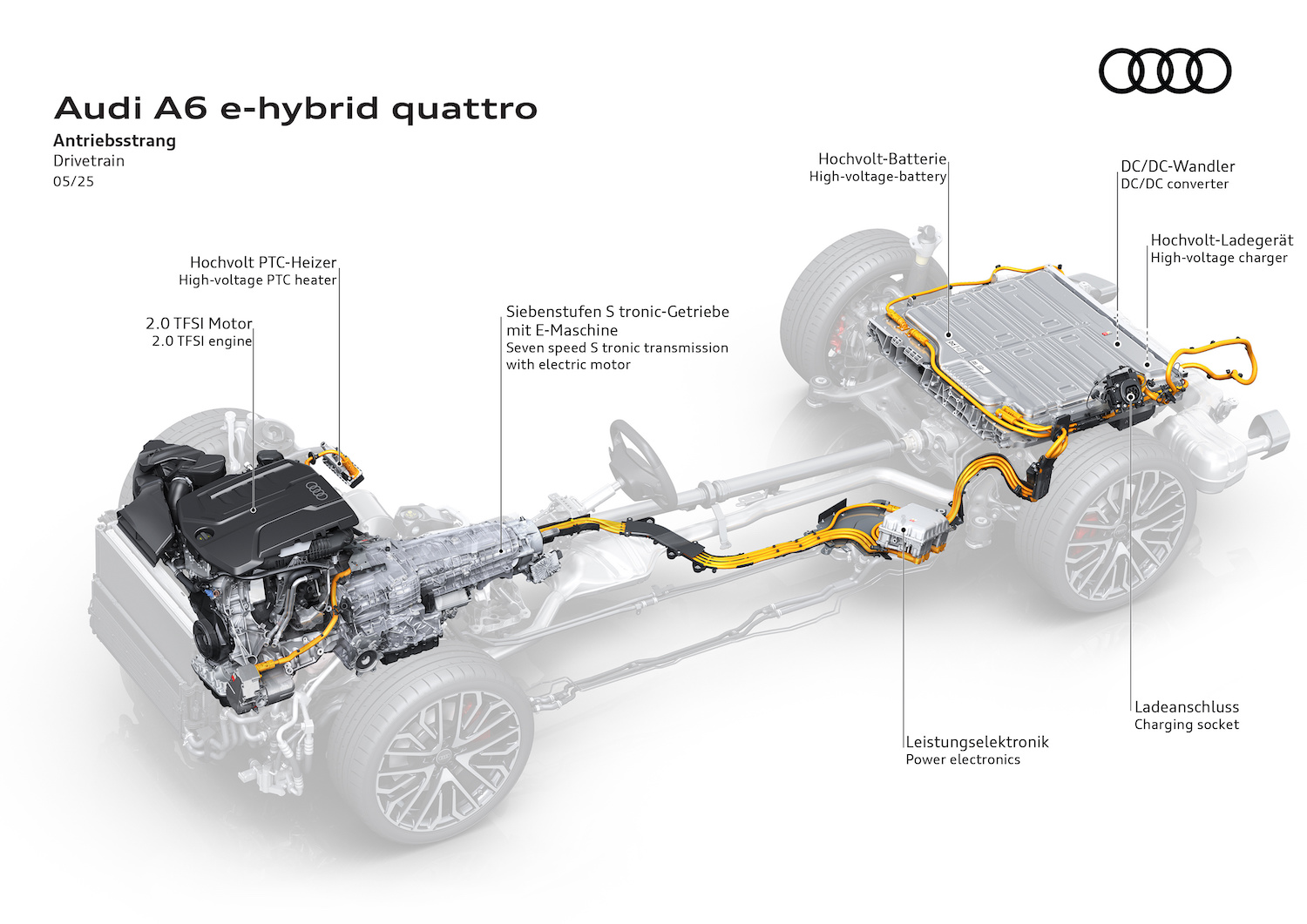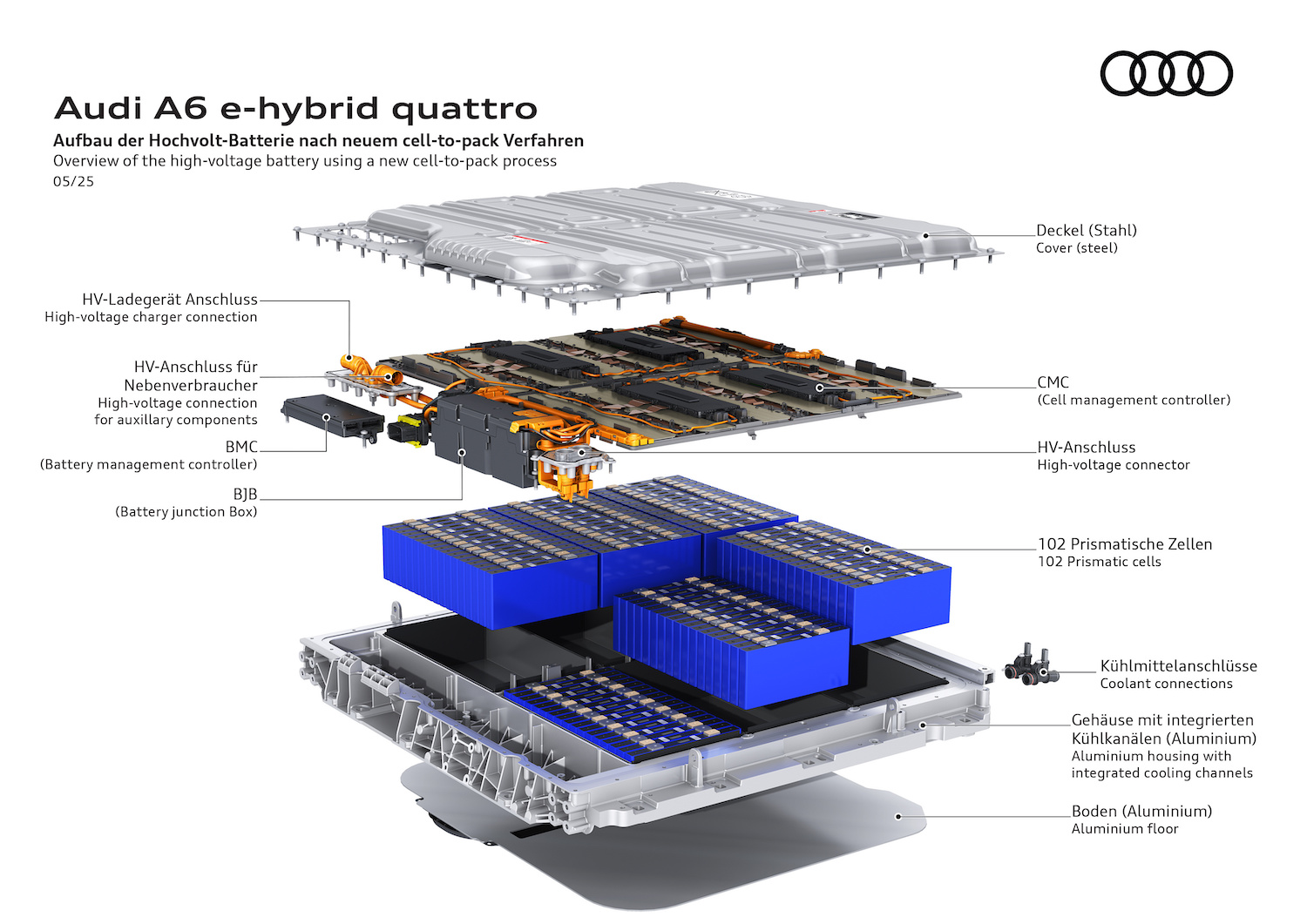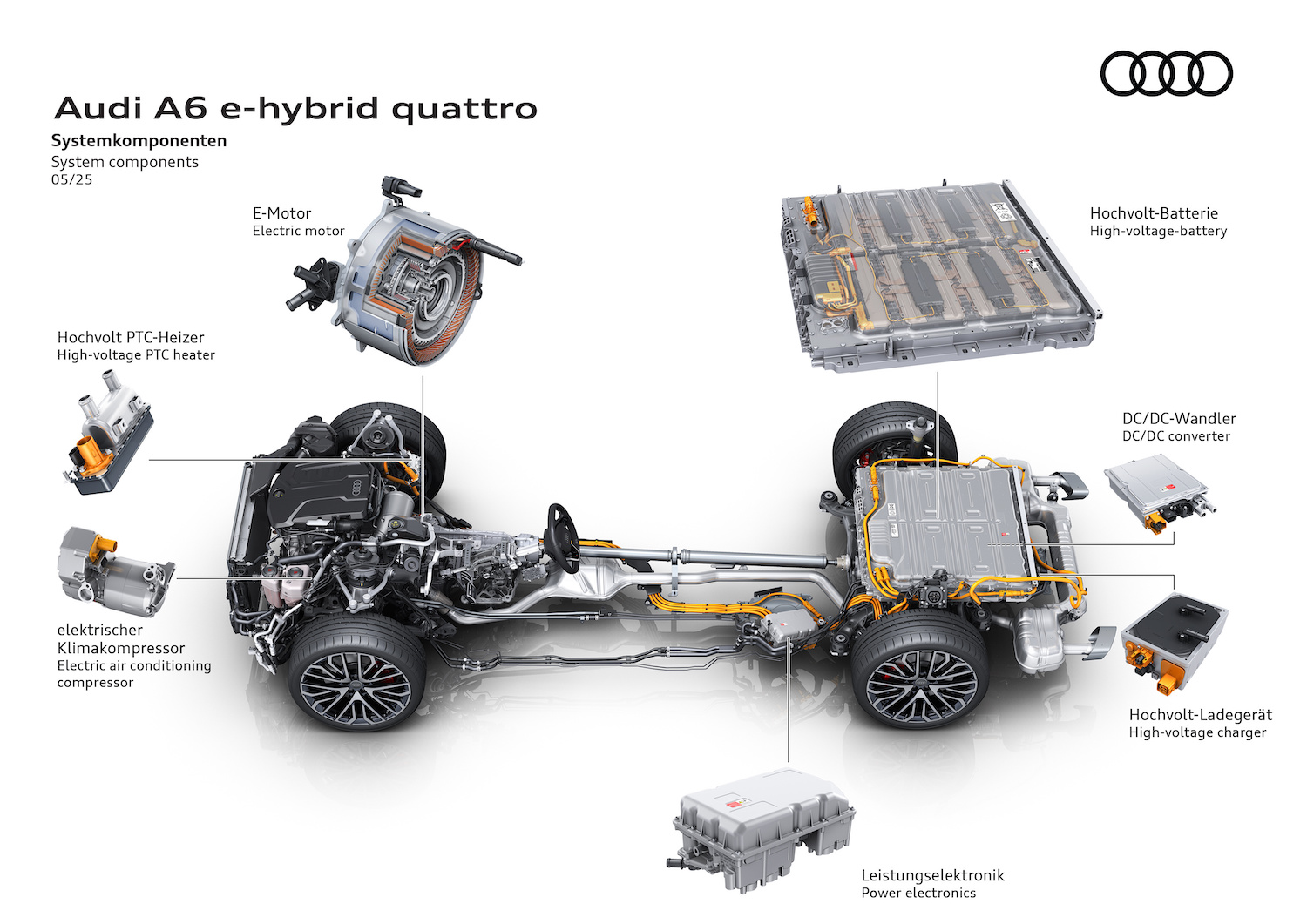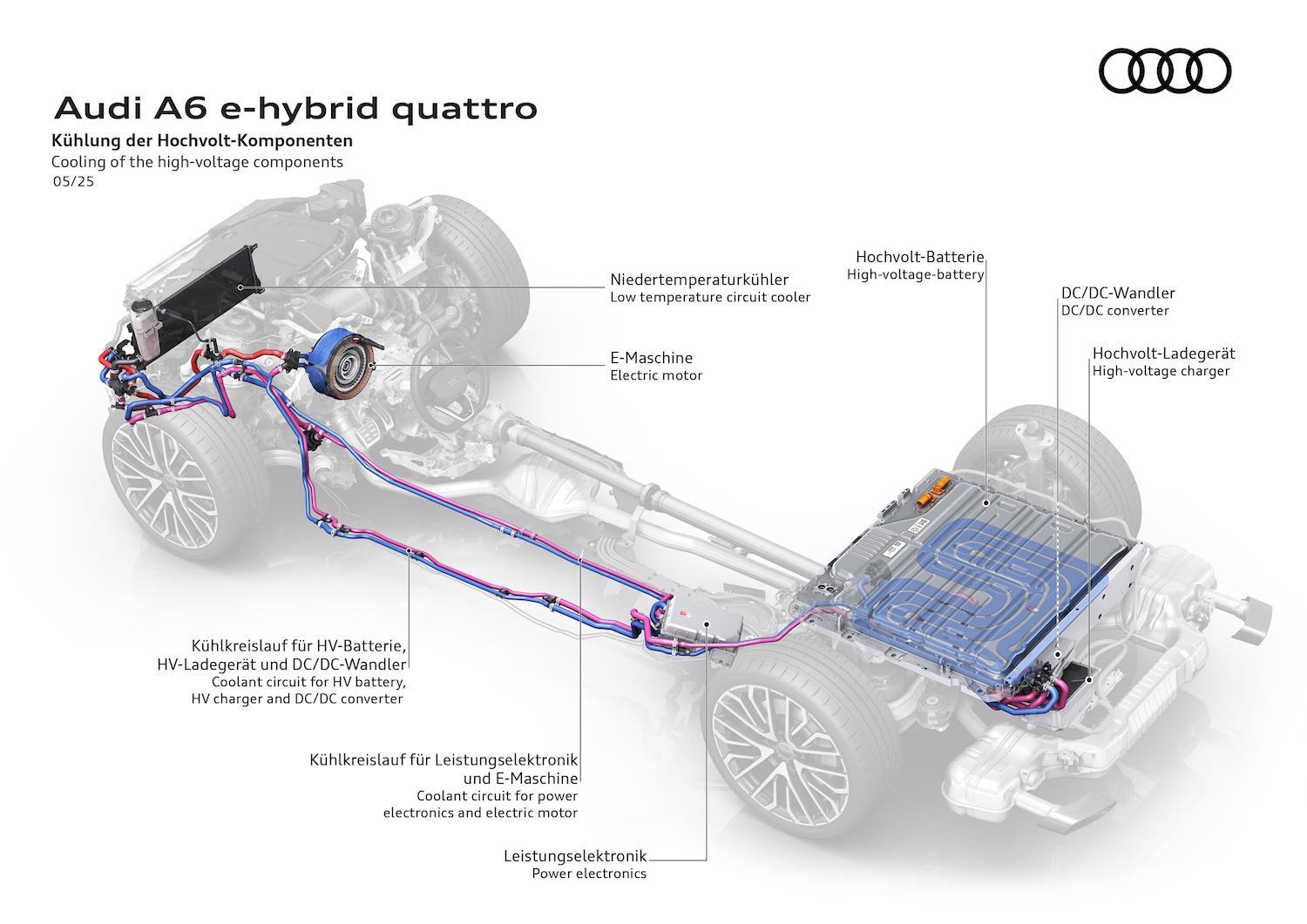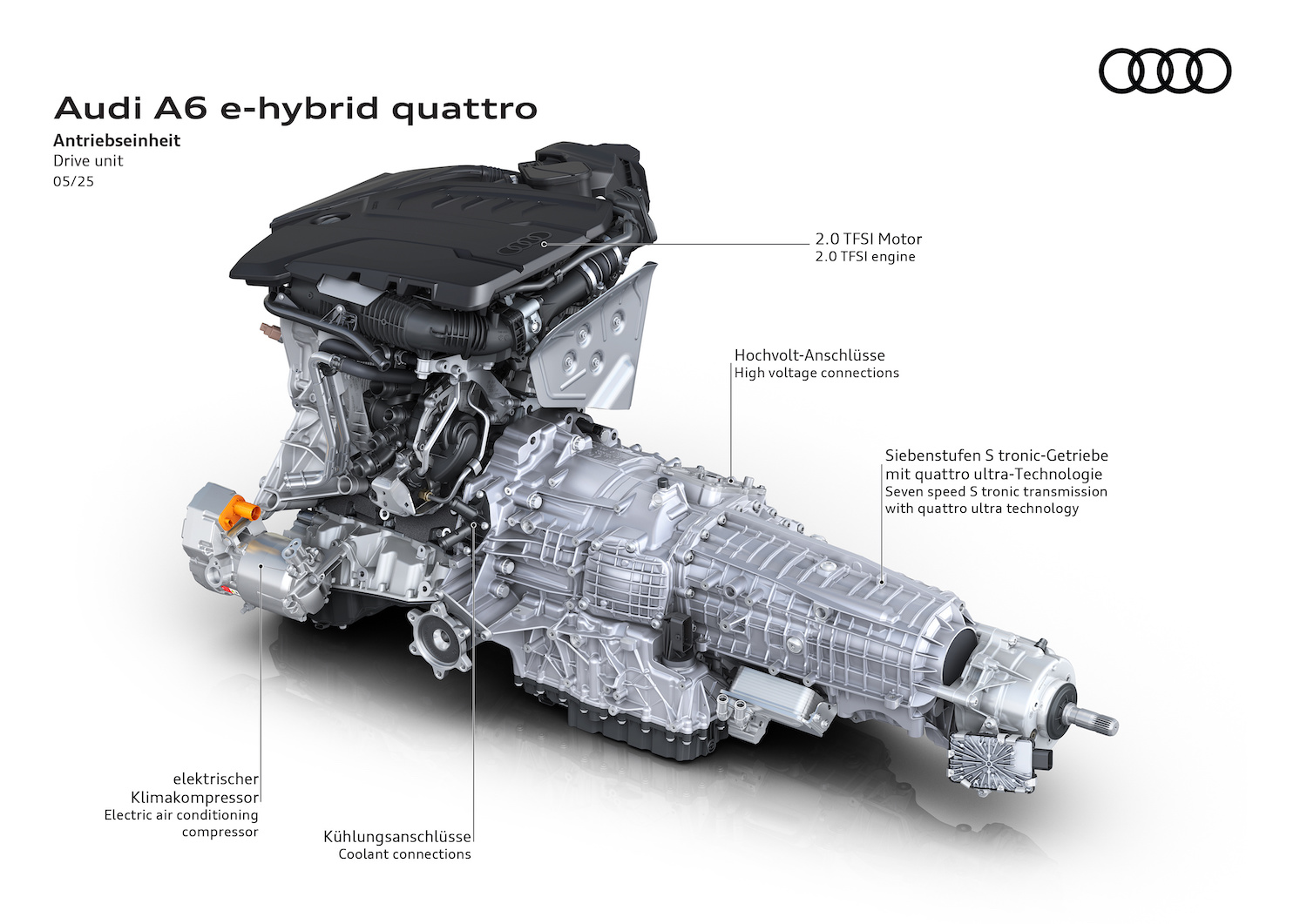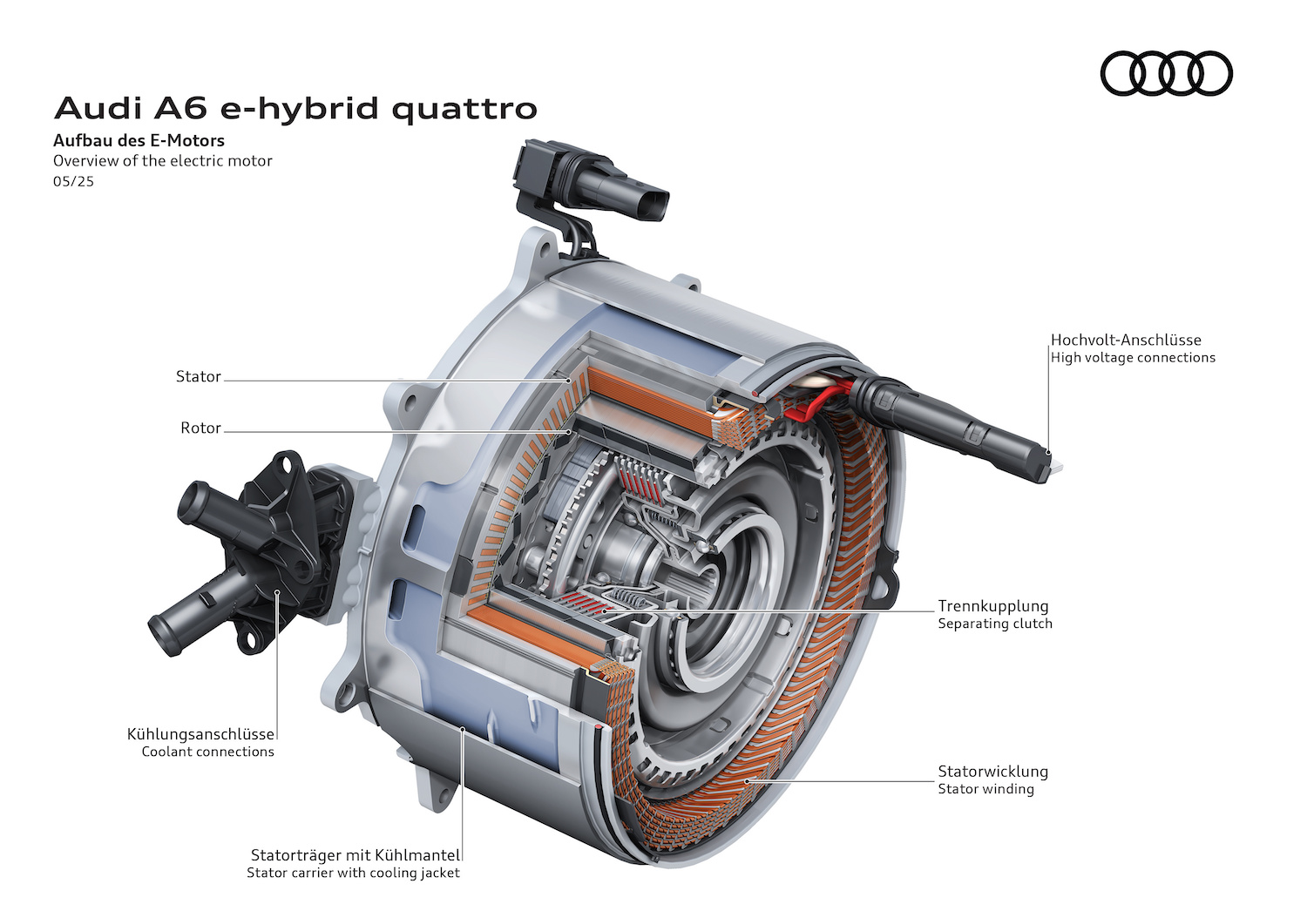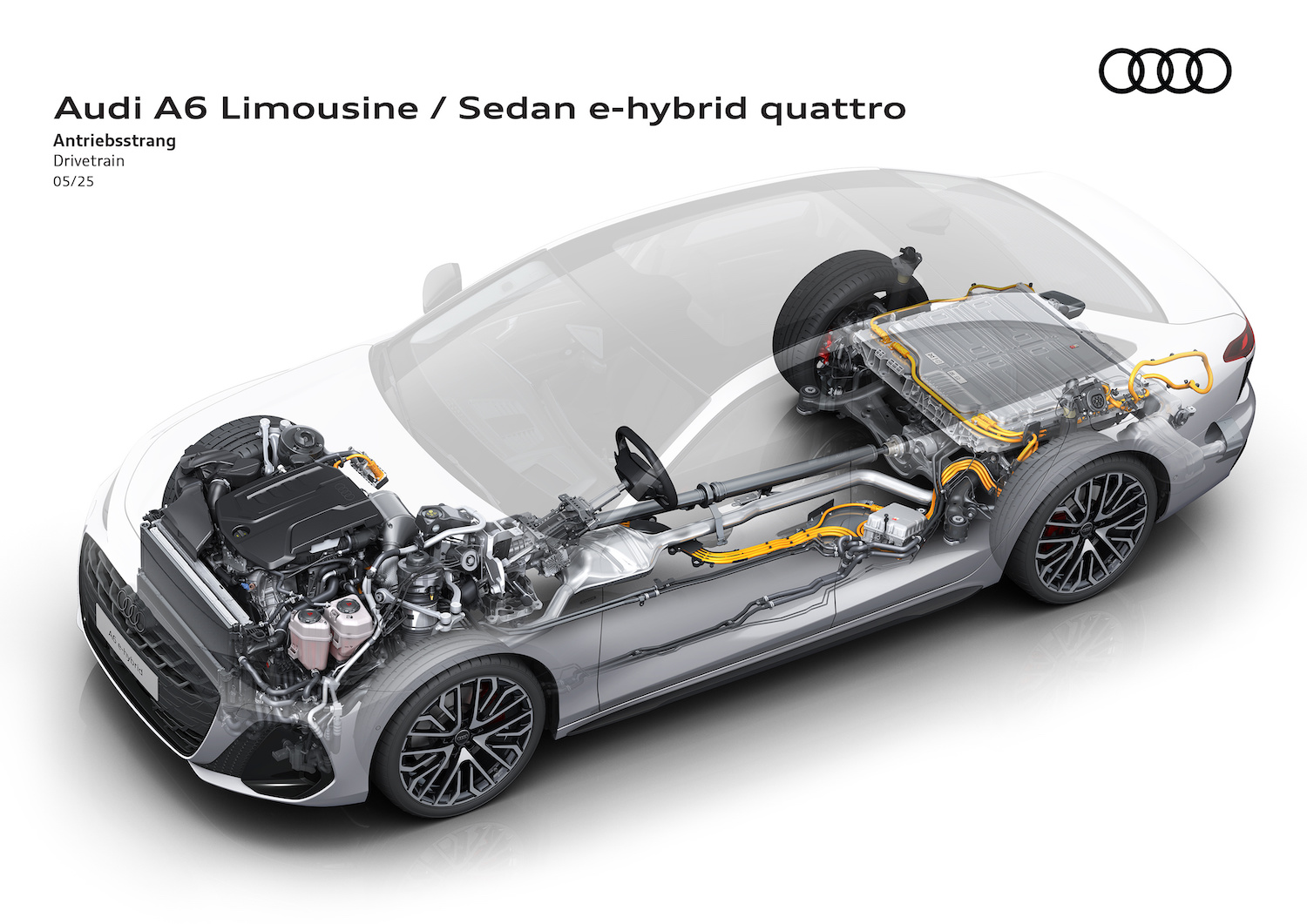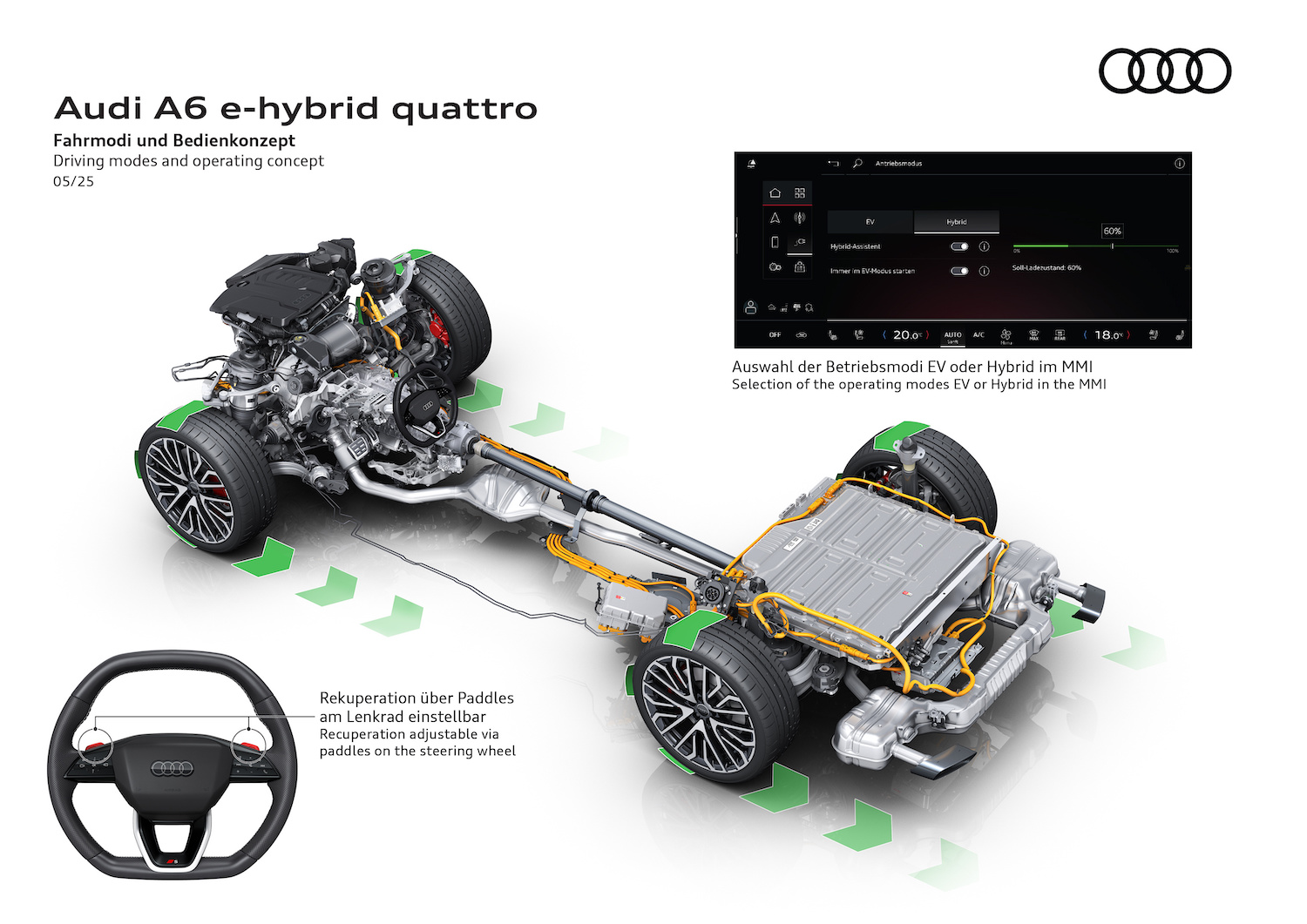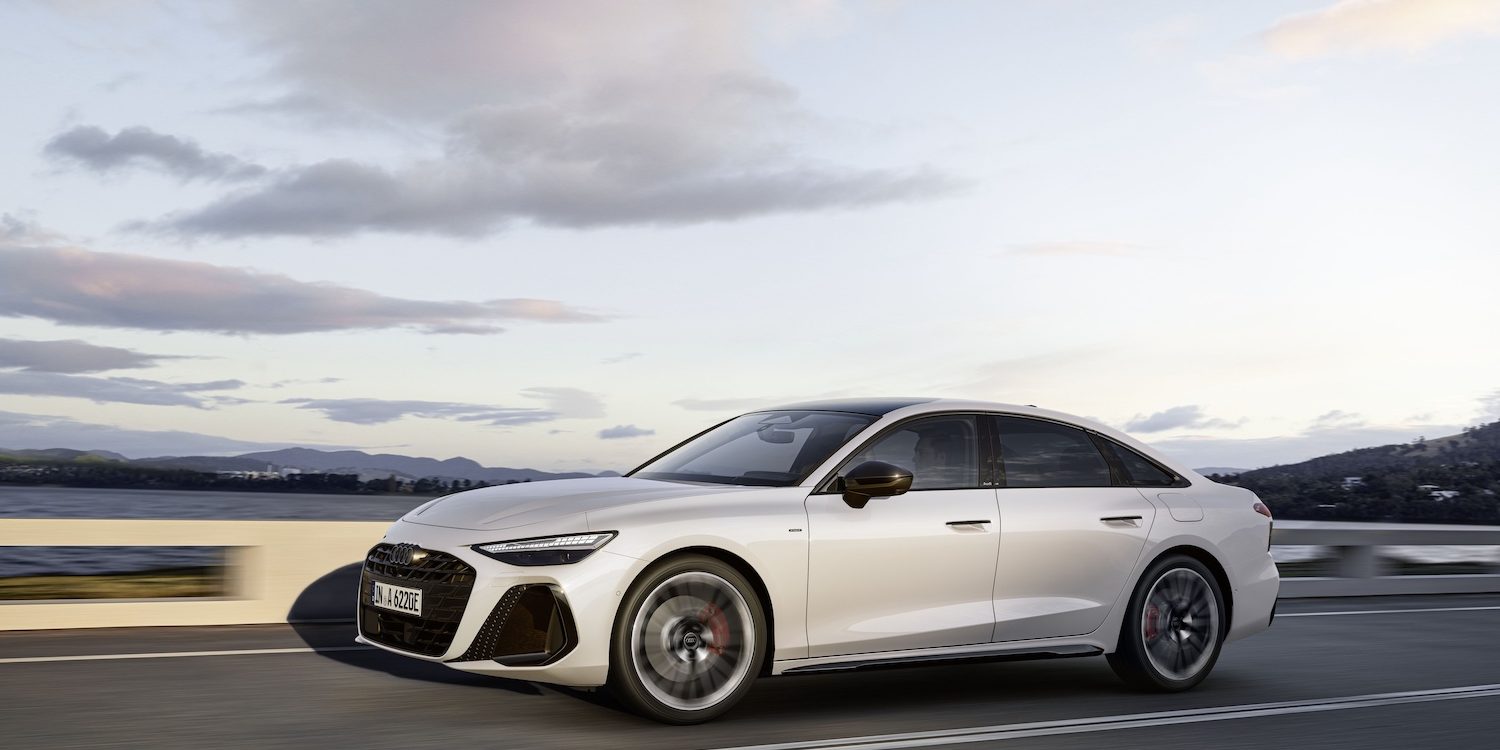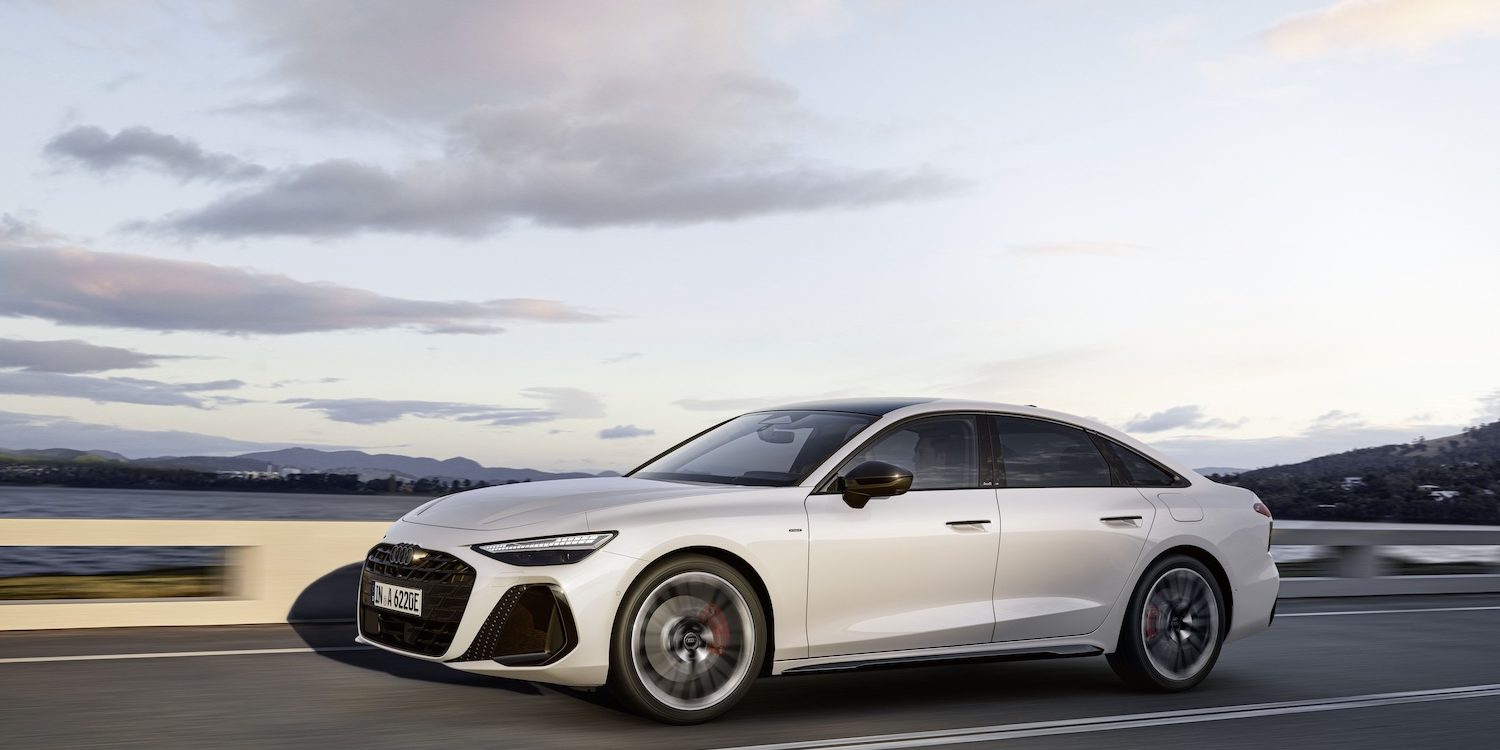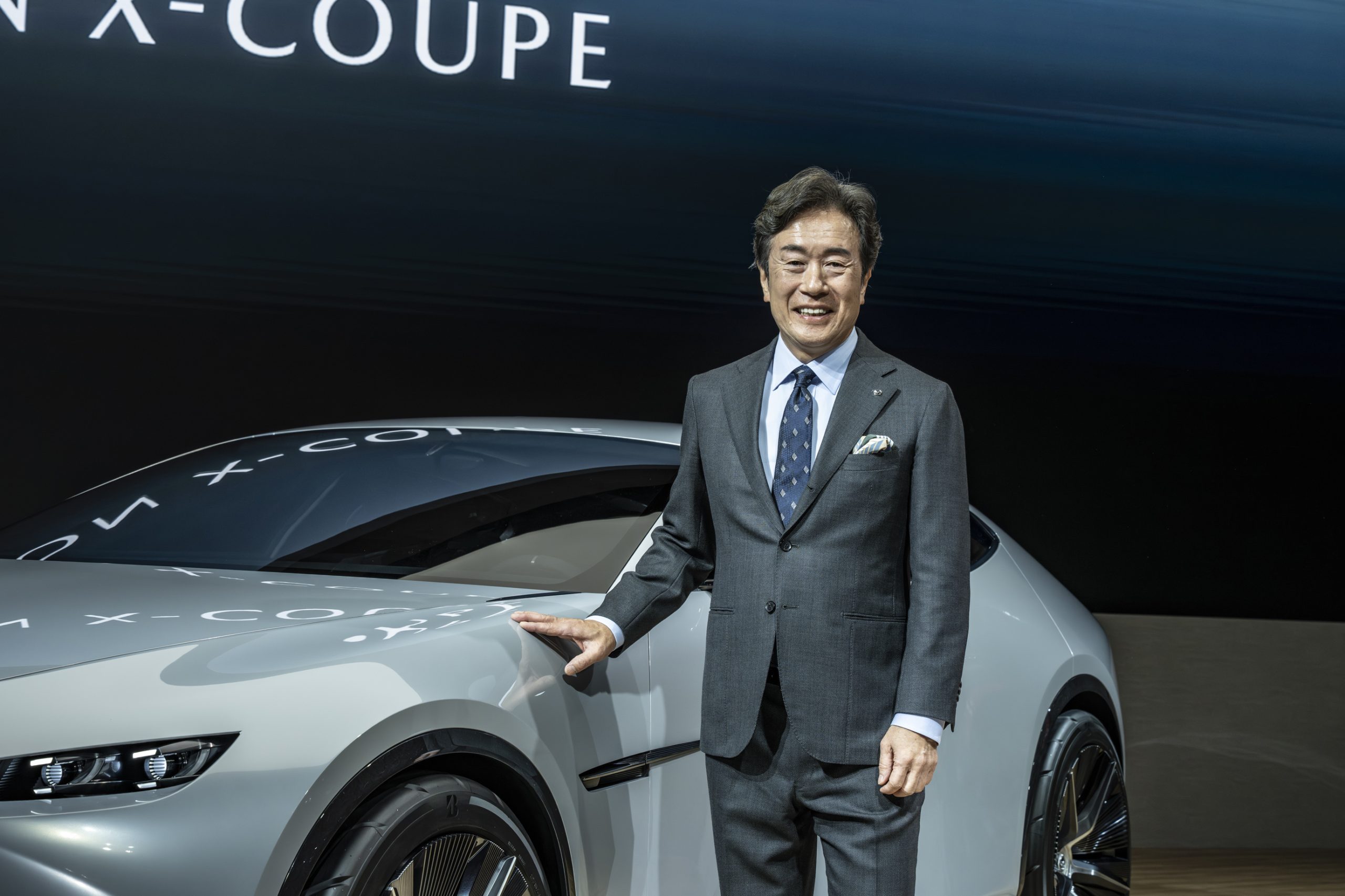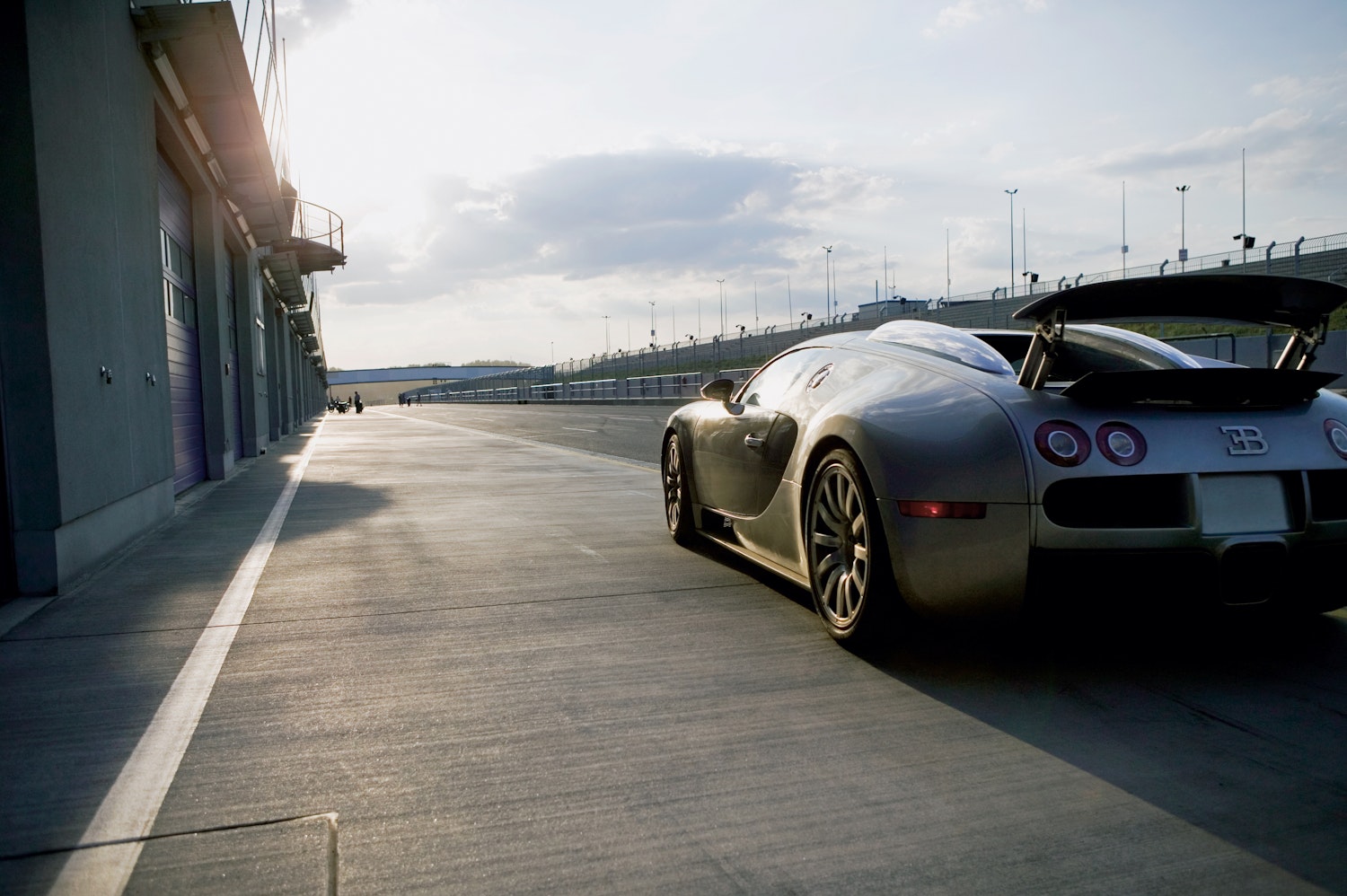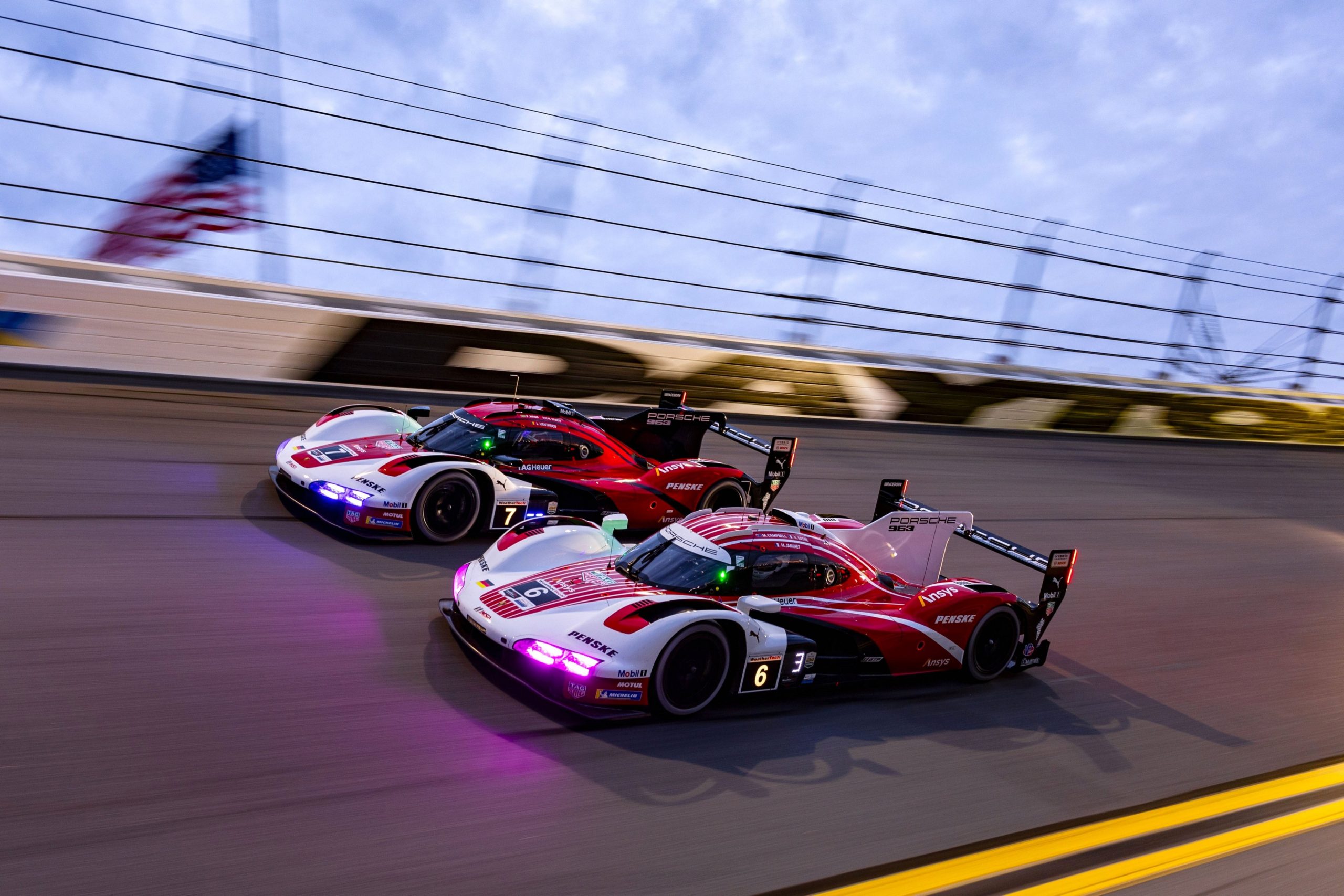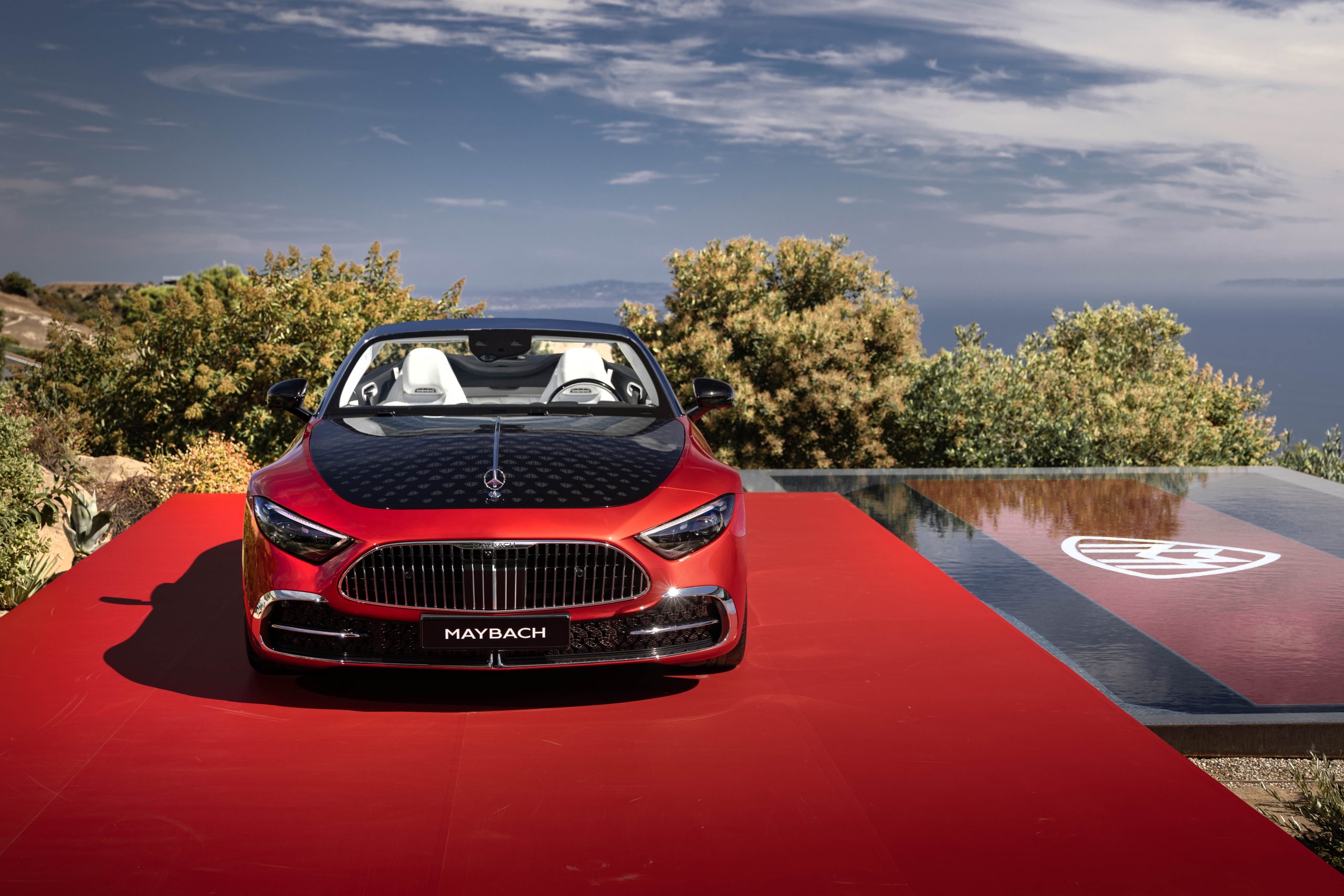After completely redeveloping the A6 Saloon and Avant model lines using the most advanced combustion engine technology, Audi is now reinstating a plug-in hybrid version in each range that is similarly progressive. The new A6 Saloon and Avant e-hybrid quattro models build on the strengths of their TFSI e predecessors, and will be available in the UK with a 220 kW (299PS) drivetrain delivering plentiful performance and the potential for an impressive electric-only driving range of up to 64 miles. Both variants are set to go on sale in early June with Sport, S line and Edition 1 specification options priced from £60,980 (OTR), and customer deliveries will begin later this summer.
The new Audi A6 Saloon and Avant e-hybrid quattro models are powered by a 2.0 TFSI engine with an output of 185 kW (252 PS) and an electric motor that delivers up to 105 kW. With a total system output of 220 kW (299PS) and 450 Nm of torque, UK specification versions can accelerate from 0 to 62mph in 6.0 seconds and, where conditions allow, reach a top speed of 155mph.
The heart of the plug-in-hybrid technology is the high-voltage battery, the capacity of which has been boosted to 25.9 kWh (net 20.7 kWh), a gain of around 45 percent compared with previous generations. This enhancement ensures that, depending on version, the Saloon can travel for up to 64 miles under electric power alone, and the Avant for up to 63 miles. Maximum AC charging power is now 11 kW, and if the battery is completely empty, a full recharge to 100 percent can take as little as 2.5 hours.
Recuperation performance has also been improved. The degree of recuperation intensity in electric driving mode (EV ‑mode) can be adjusted to three different levels using paddles on the steering wheel. The new A6 e-hybrid runs on electric power for as long as possible to fully utilise the available battery charge to the driver’s destination. The vehicle recovers energy automatically when this function is activated. This is based on route data stored in the navigation system. The new A6 e-hybrid quattro can also recover energy automatically without active route guidance.
The hybrid management system of the new models is designed to optimise efficiency, flexibility and driving comfort at all times, and it selects the operating strategy that best meets these objectives automatically. Two operating modes are available: “EV” and “hybrid.” In EV mode, the plug-in hybrid models run solely on electric power, while in hybrid mode, the hybrid management system maintains a specific charge level as needed in order to save enough electrical energy for later use. In addition to the automatic hybrid mode, the desired charge level can be individually selected using a digital slider.
Combined with quattro ultra drive and standard all-wheel steering, the electrified dual-clutch transmission plays a major role in the dynamic driving experience: it boosts response at low speeds and provides even more stability at higher speeds. This enhances driving comfort, as do the redesigned window and door seals, which contribute to sound insulation improvements of up to 30 percent, making for even more pleasant in-car acoustics. The new A6 e-hybrid quattro models in detail
All-wheel steering and quattro ultra drive as standard
The new A6 e-hybrid quattro models always feel responsive and agile, thanks in no small part to the electrified dual-clutch transmission working in conjunction with quattro ultra drive and all-wheel steering. Fitted as standard to all e-hybrid quattro variants, the all-wheel steering system boosts agility in city traffic and tight bends by turning the rear wheels up to five degrees in the opposite direction to the front wheels at speeds of up to 37mph. At higher speeds the rear wheels turn in the same direction, facilitating precise handling and a high level of comfort.
Comfortable in-car experience thanks to improved aeroacoustics
Improved aerodynamics and overall vehicle acoustics help to deliver a driving experience in the new A6 e-hybrid quattro models that is as refined as it is responsive. Suppression of noise in the cabin has been improved by up to 30 percent compared with the previous model, thanks to detail enhancements such as more tightly sealed windows and optimised door seals. Newly developed engine and transmission mount bushings make for a smoother and quieter ride, and the shape of the transmission gear teeth has also been optimised in the interest of acoustics. Even the tyres fitted to wheels of 19 inches in diameter or above have been acoustically fine-tuned by special noise absorbers.
Intelligent drive management for greater efficiency
The hybrid management system of the new plug-in hybrids (PHEV) automatically selects the optimum operating strategy. The electric drive is provided by a permanently excited synchronous motor with a peak output of 105 kW. The electric motor is integrated into the housing of the seven-speed S tronic transmission.
The full system torque of 450Nm is available even at close to idle speed – The power electronics (pulse inverter) used in these latest generation plug-in hybrid models are a new development. The pulse inverter is smaller, lighter, and more efficient, thus reducing electrical consumption. Consumption in hybrid mode is therefore also lower.
Battery capacity and energy density significantly increased
Audi has boosted the capacity of the new high-voltage battery (HV battery) in the rear of the vehicles to 25.9 kWh (net 20.7 kWh), a gain of roughly 45 percent compared to the unit fitted to the outgoing A6 TFSI e. In contrast, the required installation space has only increased slightly in view of the significantly increased capacity. The HV battery measures 962 × 996 × 177 millimeters (39.1 × 39.2 × 7.0 in). The interaction between the mechanical friction brake and electric motor during the energy recovery process has also been optimised, bringing improvements to the individually adjustable regenerative braking performance.
The battery cells are arranged in a single layer due to the available space in the rear section of the car. The entire impact structure is embedded in the battery housing. Each prismatic cell stores 46 percent more energy than the cells previously used in low-floor vehicles in the C segment. Each cell has a charge capacity of 70 ampere-hours (Ah). The raw material composition of the 102 cells enables a higher energy density. The battery’s energy is bundled into six stacks, each with 17 cells. With its cell-to-pack design, Audi is pursuing a new approach to battery cell arrangement that was first used in the new A5 e-hybrid quattro models. In this process, the cells are no longer placed in a battery module but are glued directly into the battery housing. The higher packing density that results from this means that the energy content and energy density of the HV system can be increased, while also taking up less space. Thanks to technical developments in cell chemistry, higher electrical output is available compared to the previous generation, even at a low state of charge and low outside temperatures.
The maximum possible AC charging power has been increased from two-phase 7.4 kW to three-phase 11 kW, depending on the respective infrastructure. With this increased power, the HV battery’s zero-to-100-percent charging time has been reduced to as little as 2.5 hours. A charging cable (mode 3, plug type 2) for convenient charging at home and on the road is included as standard. Audi’s own charging service, Audi Charging, provides access to numerous AC‑charging points in 29 European countries on request.
More energy recovery in overrun and braking mode
Compared to its predecessors, Audi has significantly increased regenerative braking performance in the new A6 e-hybrid quattro. The phases in which the driver takes their foot off the accelerator pedal are crucial for the efficiency of the plug-in hybrid drive. In these situations, overrun recuperation is controlled by a defined deceleration depending on the selected drive level. Automatic recuperation can also be preset in the MMI in drive levels D and M, enabling the plug-in hybrid models to vary recuperation autonomously. The parameters for this are route data stored in the navigation system, such as gradients, corner radii, place-name signs, and speed limits. Another important factor is the traffic ahead. As soon as automatic regenerative braking is selected, predictive signals are fed into the overrun regenerative braking function with the help of the Predictive Efficiency Assistant (PEA). The new A6 e‑hybrid quattro can also recover energy automatically without active route guidance.
When the brake pedal is pressed during deceleration, the A6 plug-in hybrid models can recover up to 88 kW of power. When operated as a generator, the electric motor accounts for more than 90 percent of all deceleration processes. The integrated brake control system with blending capability (iBRS) ensures pressure-free braking and the best possible energy recovery. The hydraulic wheel brakes are only used for harder braking manoeuvres.
Recuperation level adjustable via steering-wheel paddles
Thanks to the new E3 electronics architecture used in the Premium Platform Combustion (PPC), the degree of thrust recuperation in electric driving mode (EV mode) can be adjusted to three different levels using paddles on the steering wheel, just like in the all-electric models. Electric braking, and thus the recuperation level, is activated using the left paddle (minus), and deactivated via the right paddle (plus). The paddles can thereby be used to set a higher level of deceleration before a turn, for example. At level zero, the plug-in hybrid coasts freely without additional drag torque when the accelerator pedal is released. This means that energy is only recovered when the brake is applied.
Intelligent operating strategy for maximum efficiency
Two operating modes are available in the new A6 e-hybrid quattro models: “EV” and “hybrid.” In EV mode, the PHEV models run on electric power. The combustion engine is only turned on in the following situations: when EV mode is deliberately deselected in the switch bar below the panoramic display or via the MMI; in driving program S; via the selected mode of the Audi drive select dynamic handling system; or when starting route guidance with hybrid assist activated. If navigation route guidance is activated, the hybrid assistant takes the route data into account when selecting the drive mode. The combustion engine also engages during kickdown, and EV mode is deactivated until the kickdown action is over. If none of these situations occur, the new PHEV models use the HV battery in EV mode until it is completely discharged. The digital slider used to control the desired state of charge via the MMI in hybrid mode cannot be operated in EV mode, because the battery charge will be fully utilised in this mode. In EV mode, vehicle speed is limited to 87mph. The PHEV models can be started either in EV or hybrid mode, and the mode used last will be set as the default for when the vehicle is started next.
When driving in hybrid mode, the hybrid management system maintains the battery’s state of charge at the necessary level to save enough electrical energy for later use, for example for electric driving in the city. When it comes to efficiency-optimised consumption, hybrid mode is most effective for both short and long distances. Depending on the driving situation and the driver’s power needs, the operating strategy decides whether to drive in electric or hybrid mode in order to be as efficient as possible. The PHEV models prioritise electric-only driving in urban areas. At higher speeds, the proportion of hybrid driving increases.
With active route guidance, the operating strategy takes the planned route into consideration; the best possible energy configuration for the desired route is automatically selected. To achieve the highest efficiency, the vehicle calculates which parts of the route are suitable for electric driving. For example, electric driving is preferable where speeds are likely to be low, such as in urban areas and traffic jams. When the hybrid assistant is activated and route guidance is on, settings such as the desired charge level will be overridden to ensure an efficient operating strategy.
More precise charging level adjustment
On top of the automatic hybrid mode, the desired charge level can now be individually set for the first time using a digital slider. Drivers can use it to precisely define how high the charge level of the HV battery should be. The charge level can also be set before a trip, so that there will be enough energy available for electric driving at the destination if so desired or if there is no charging option there. The desired charge level can be set in defined steps using a digital slider on a percentage scale. If the target state of charge (SoC) value is below the actual SoC value, the battery will be discharged down to that value. If the target and actual values match, power will mainly come from the combustion engine to maintain the SoC. If the target SoC is above the actual SoC, the vehicle will be powered by the combustion engine to recharge the battery.
The battery is charged with a view to maximising efficiency and minimising environmental impact. This means that the combustion engine only charges the battery at speeds above 40mph; at low speeds, the charge level is simply maintained. This maximises efficiency and enables partially electric driving in the city or in stop-and-go traffic. The battery can be charged in this way up to 75 percent. This ensures that the battery is charged with maximum efficiency while driving. To increase the battery’s charge above 75 percent, an external AC charging source is required.
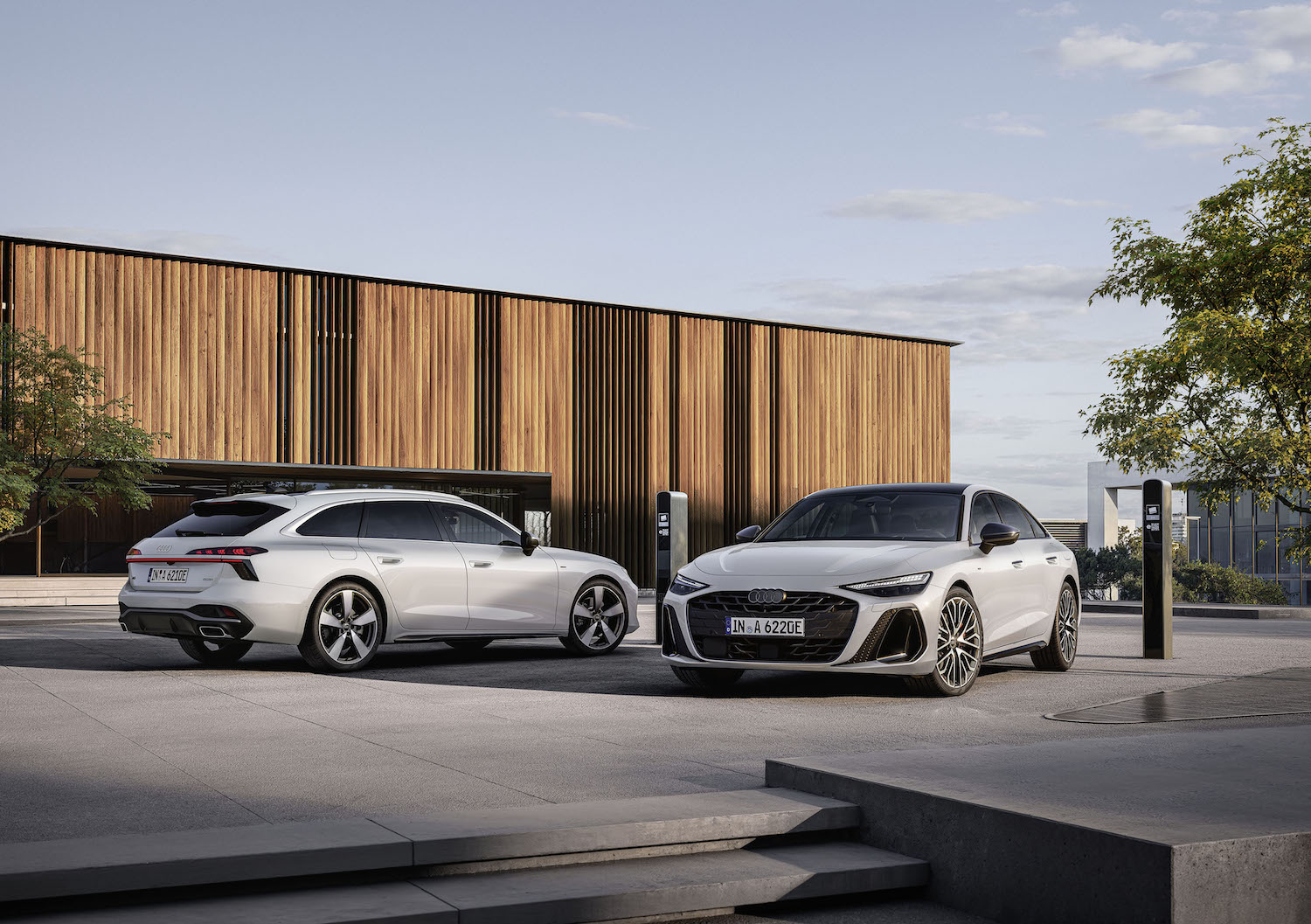
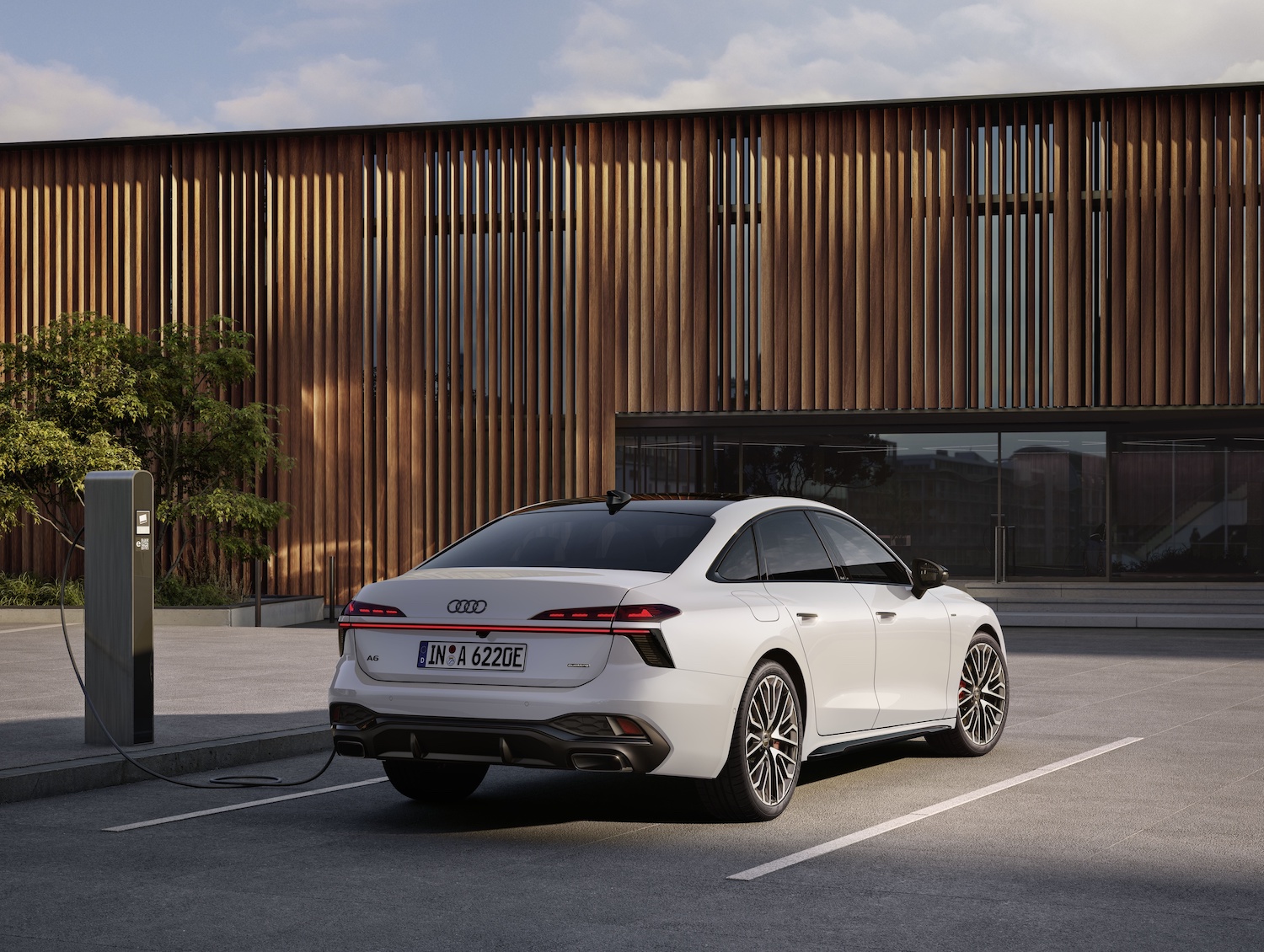
Colour: Glacier white
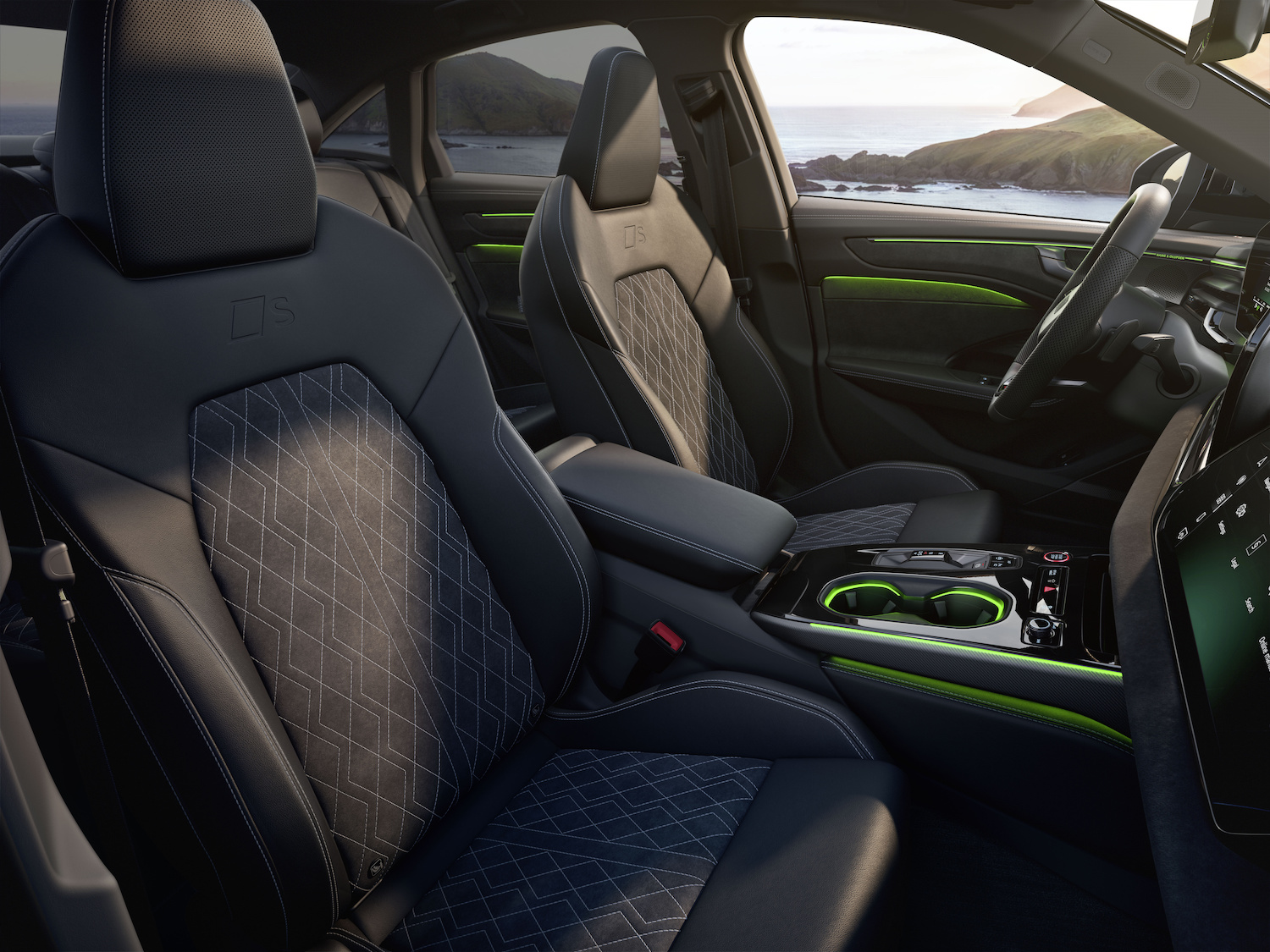
Colour: Glacier white
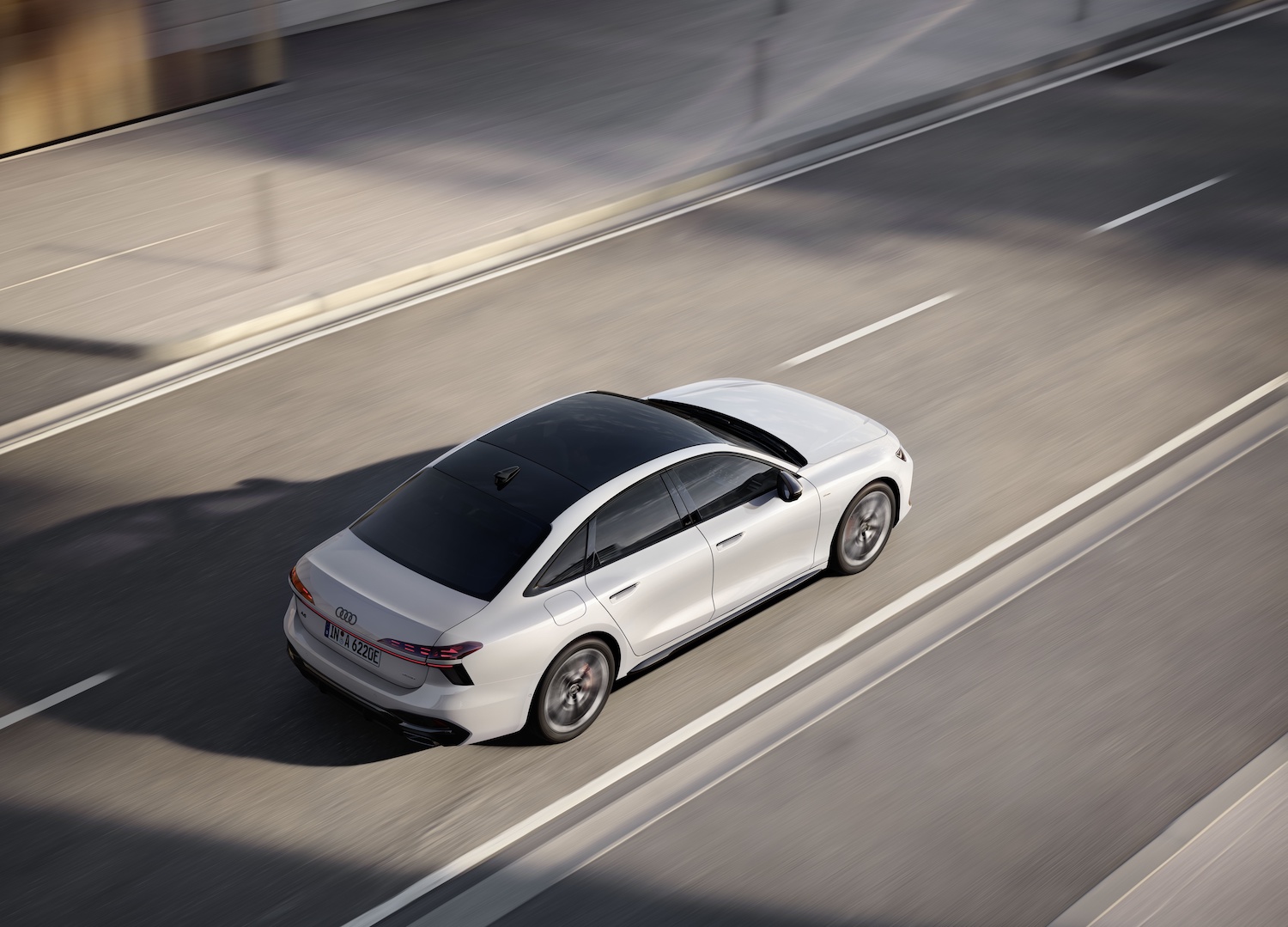
Colour: Glacier white
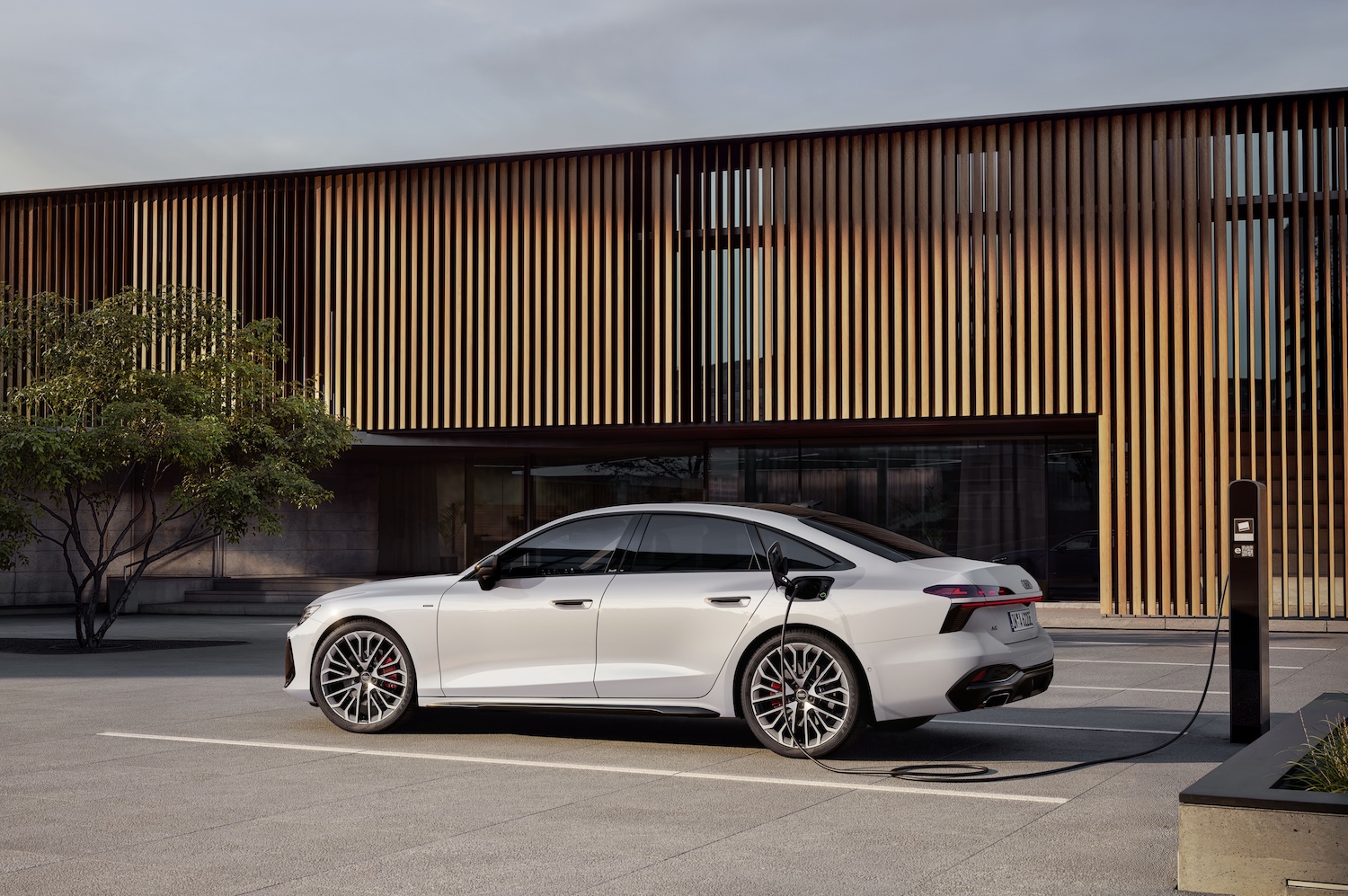
Colour: Glacier white

Colour: Glacier white
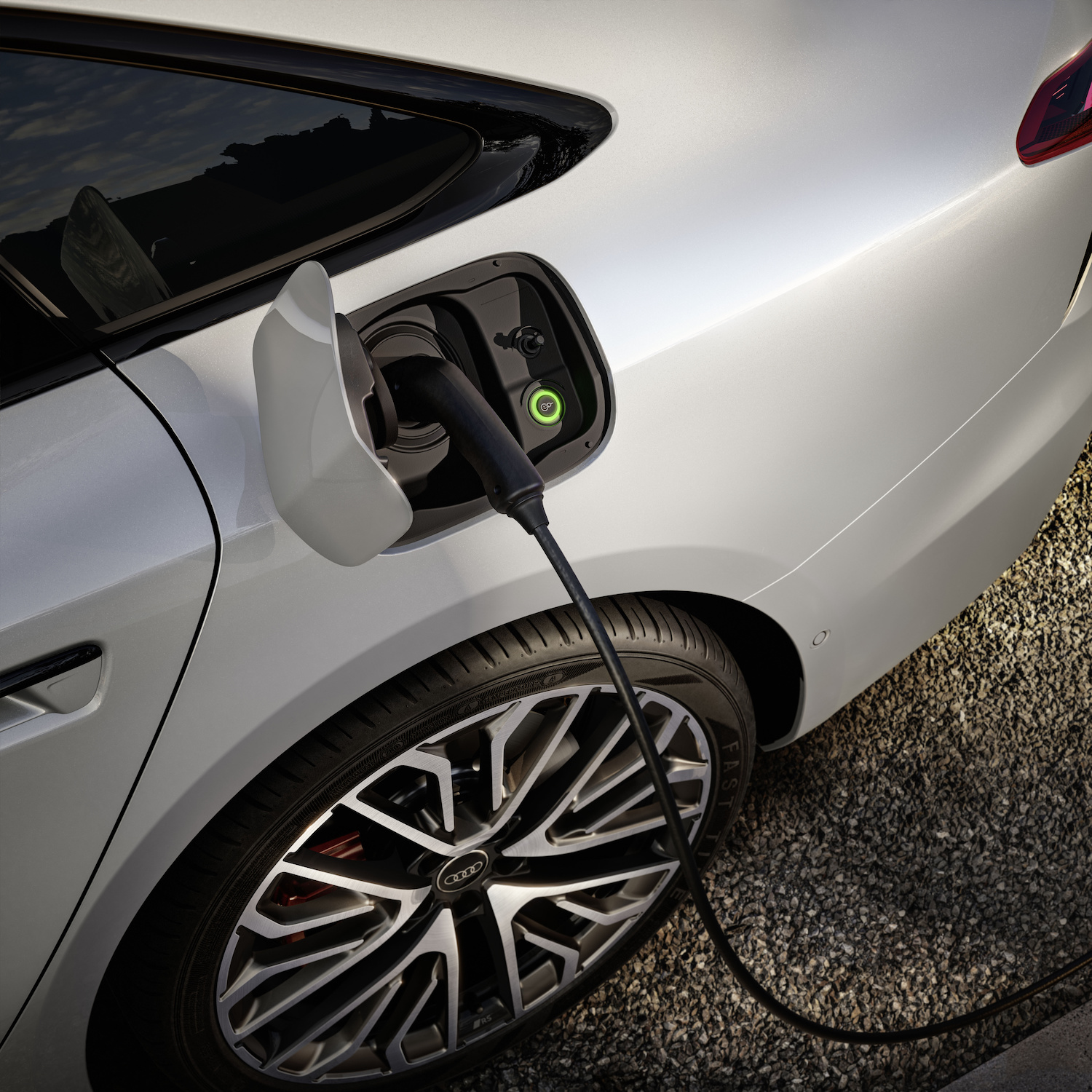
Colour: Glacier white
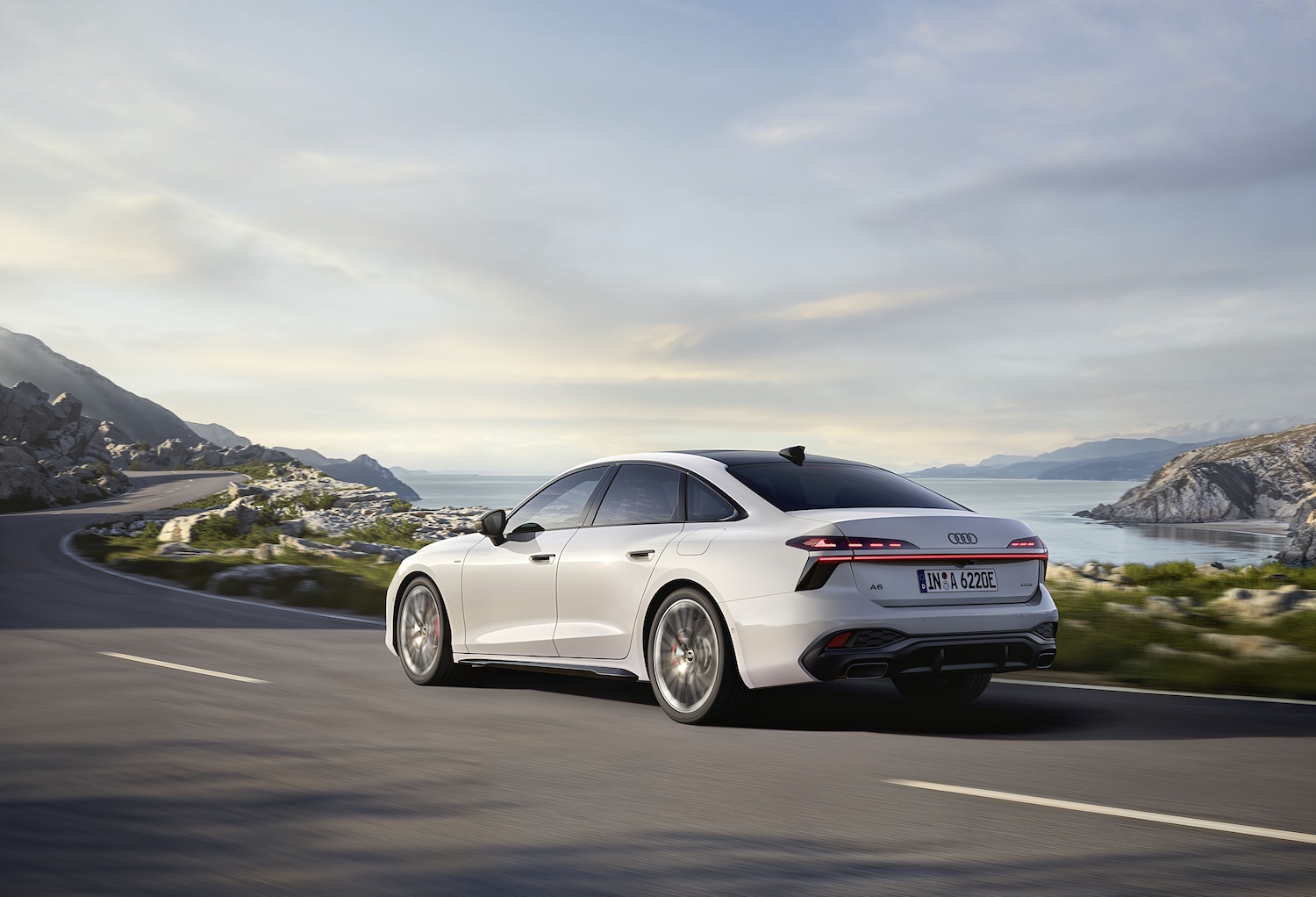
Colour: Glacier white
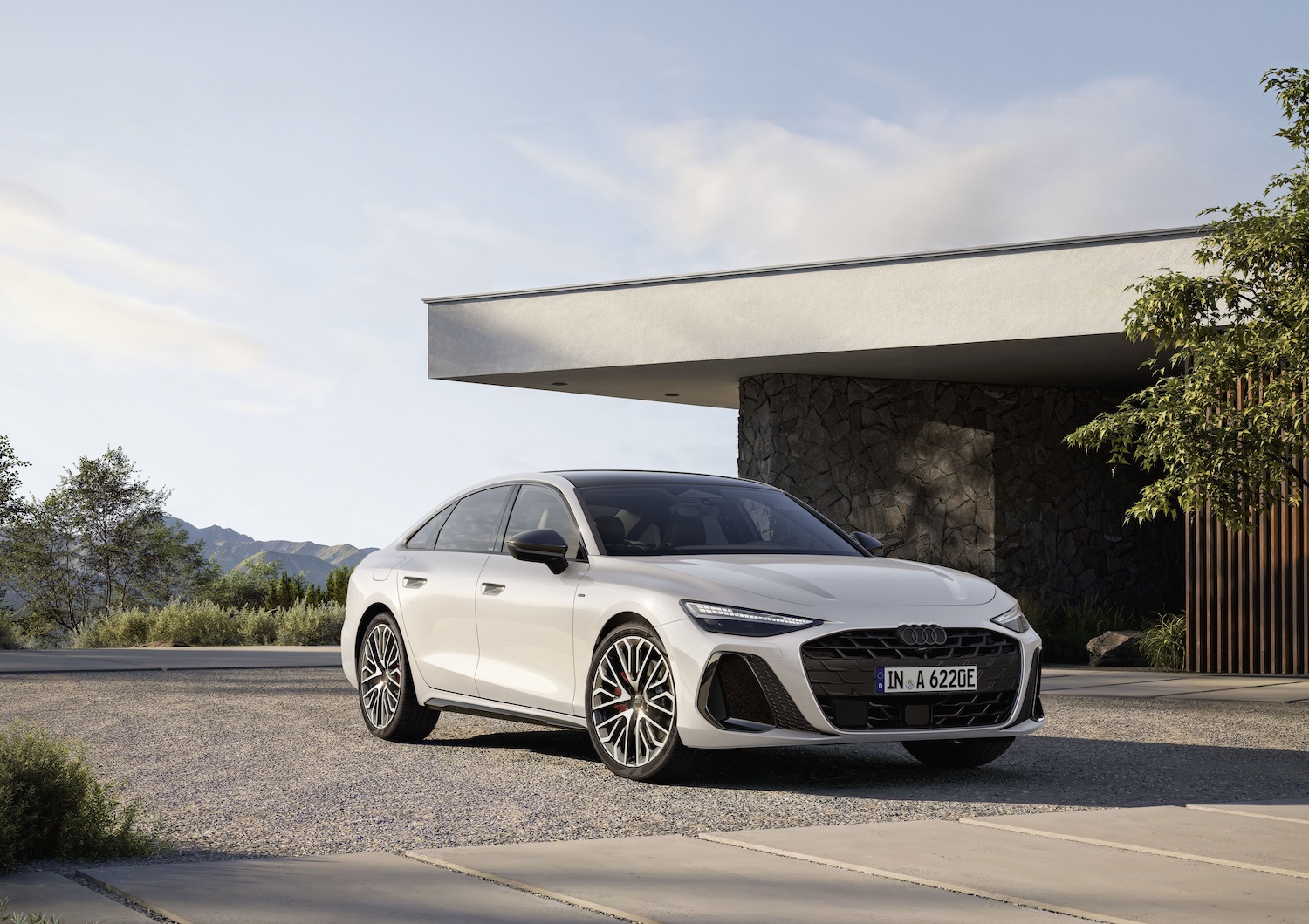
Colour: Glacier white
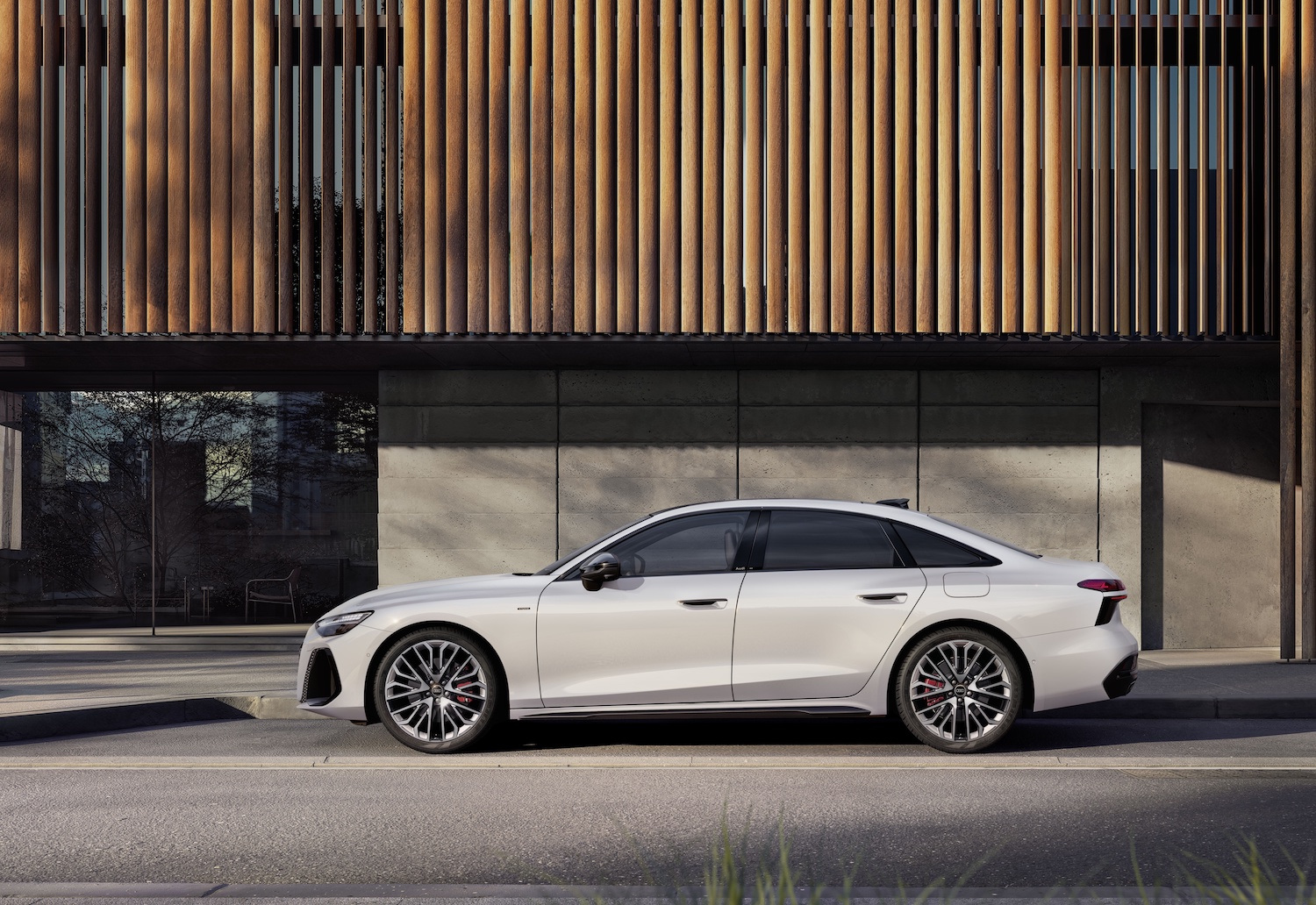
Colour: Glacier white
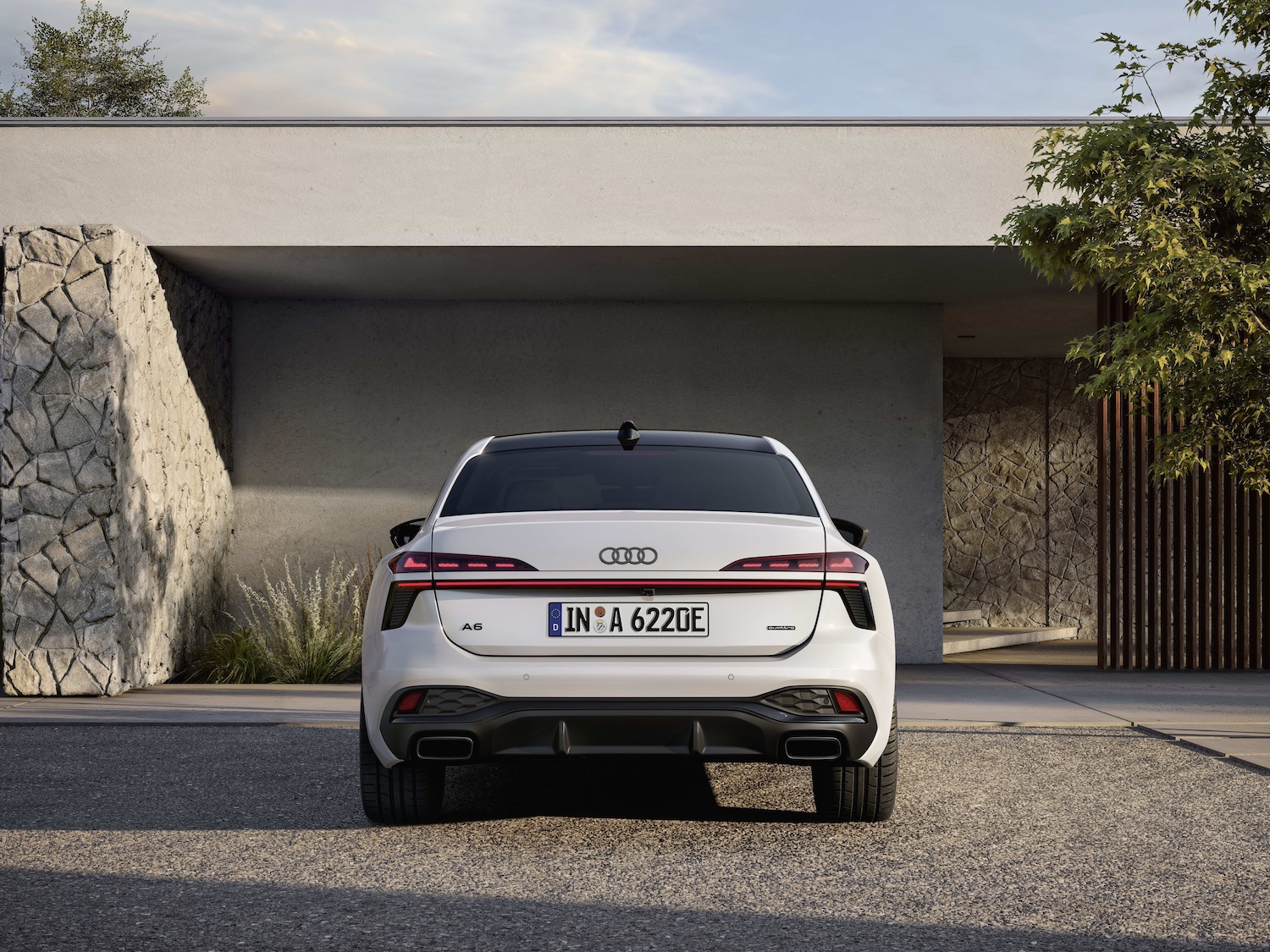
Colour: Glacier white
